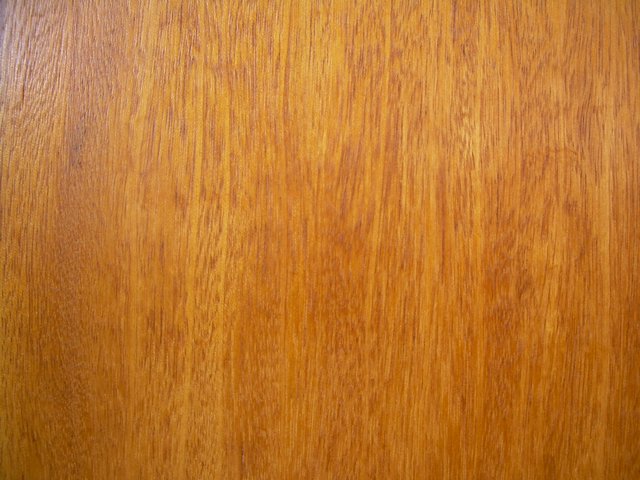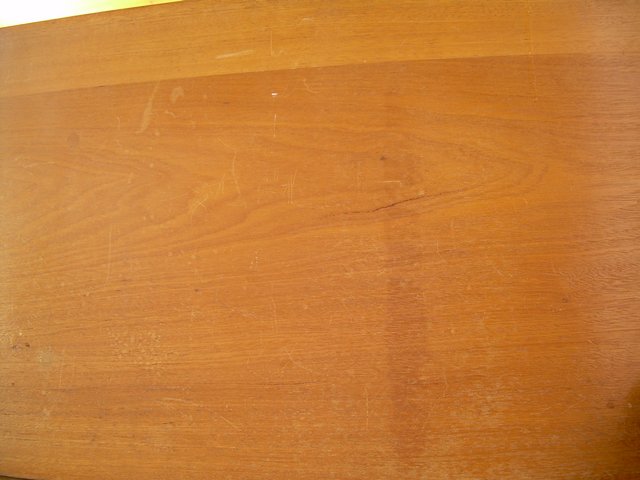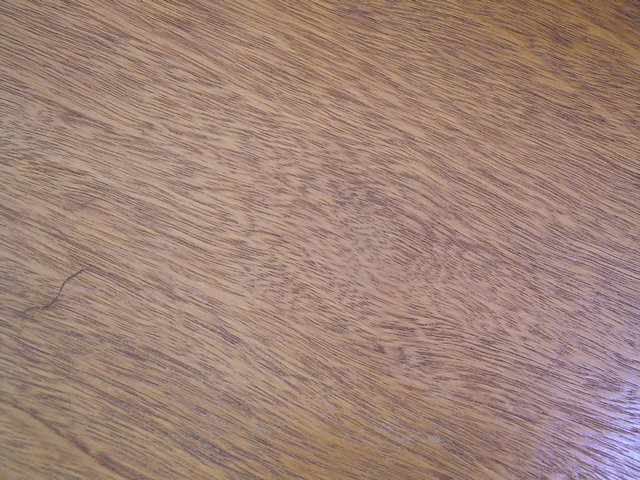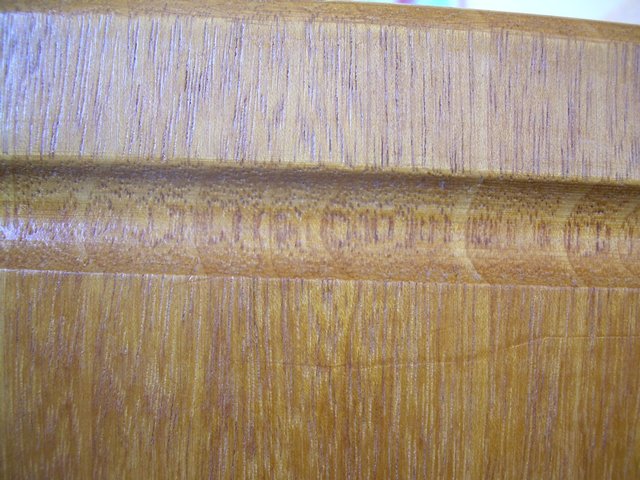LeeElms
Established Member
My best guess from the pictures in my 'Collins Complete Woodworker's Manual' is beech:
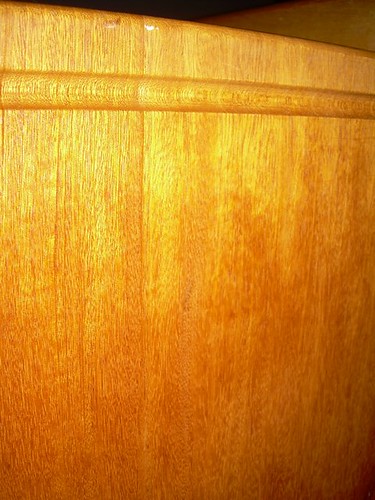
The item in question is an approx. 50 year old church pew.
Am I correct ?

The item in question is an approx. 50 year old church pew.
Am I correct ?





